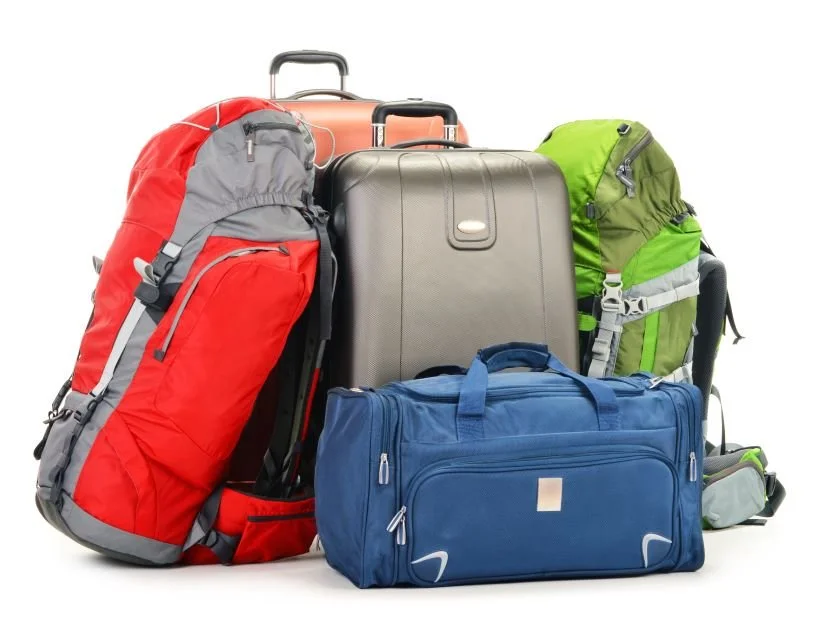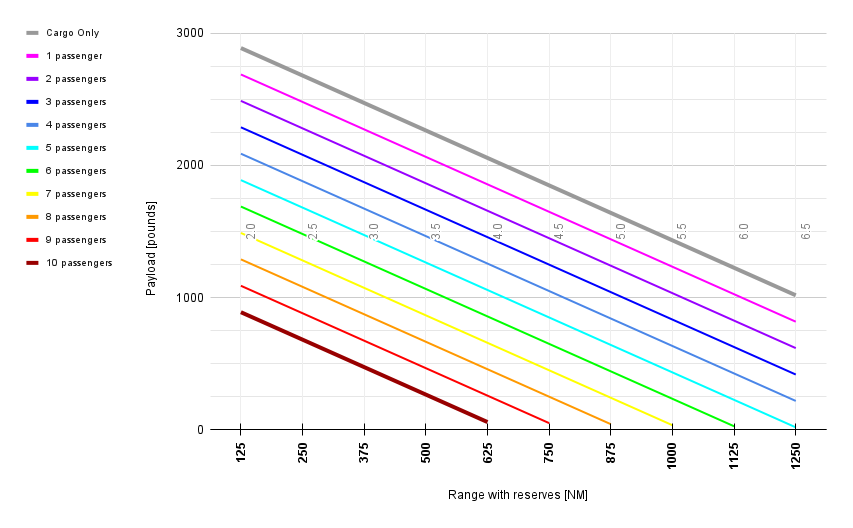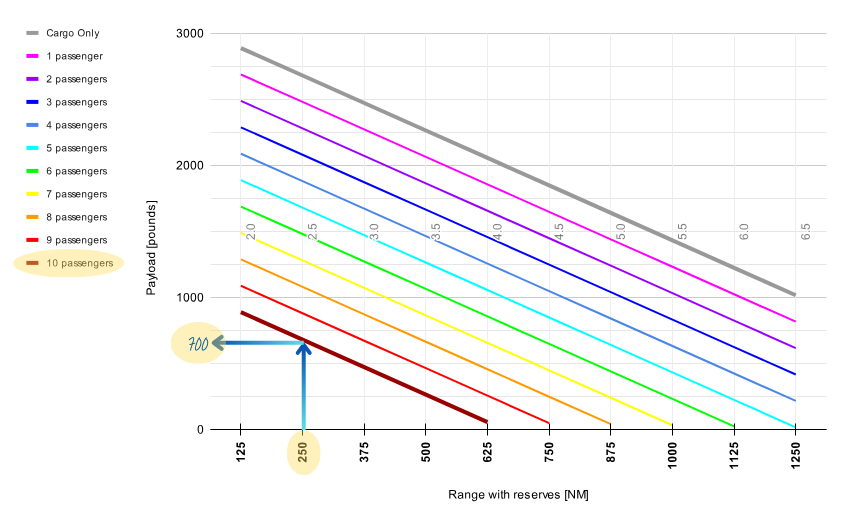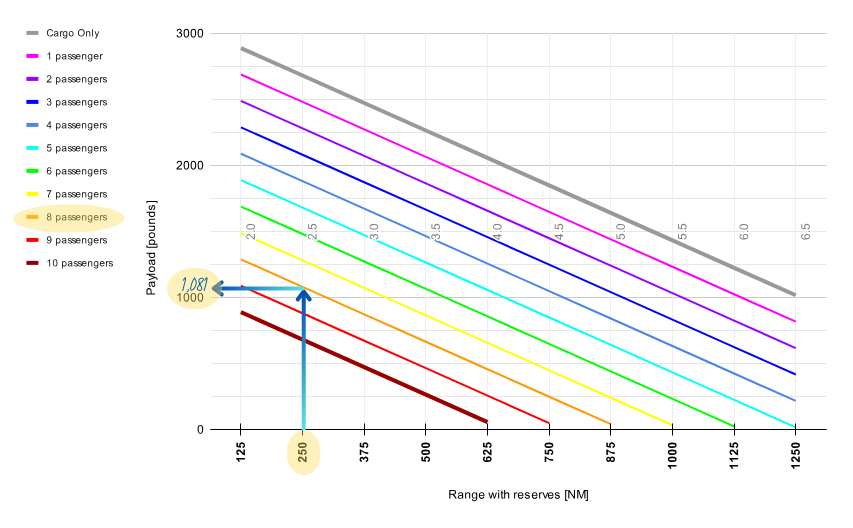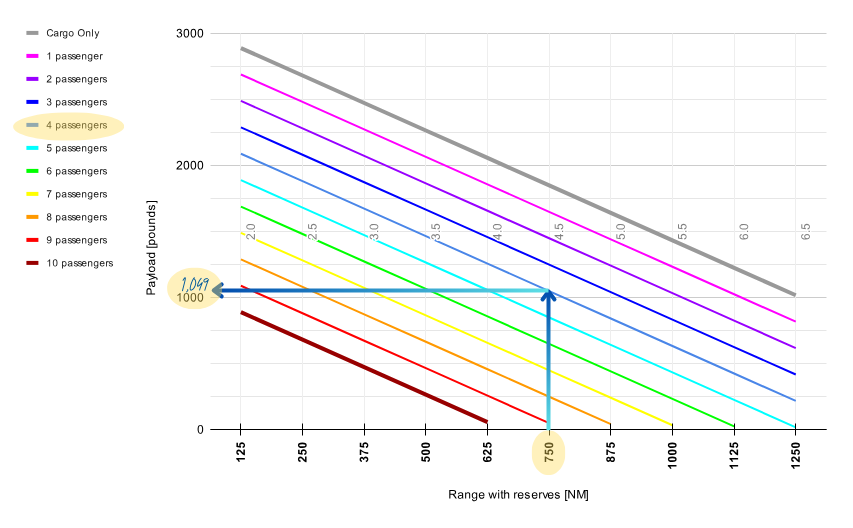Balancing Payload in a Pilatus PC-12: Passengers, Luggage, and Range
You ask: What can I bring?
The answer can be very simple: people, luggage/cargo, and of course, last but not least, fuel.
All joking aside, the real answer depends on various factors—destination, fuel availability, weather conditions, alternate airports, and passenger count.
With the versatile Pilatus PC-12, every flight requires careful balancing of passengers, luggage, and fuel. This interplay is governed by the aircraft’s Maximum Takeoff Weight (MTOW) and Operational Empty Weight (OEW). The OEW includes the weight of the empty aircraft, one pilot, and essential fluids like oil but excludes fuel and payload.
In aviation, "payload" refers to the total weight of passengers, cargo, and baggage that an aircraft carries, excluding the fuel and necessary operating items. by Alton K. Marsh, AOPA, Proficiency: What is Payload?
While the AeroShares management team and crew handle these calculations, this article offers a behind-the-scenes look at how payload decisions are made.
The Payload Equation
The Pilatus PC-12 offers impressive flexibility, but it cannot carry maximum passengers, maximum luggage, and maximum fuel simultaneously. Operators must prioritize these variables depending on the mission’s requirements. For instance:
Passengers: More passengers reduce the available weight for fuel and luggage.
Luggage/Cargo: Heavier cargo limits the weight available for passengers and fuel.
Endurance (Fuel): Longer flights require more fuel, reducing capacity for passengers and cargo.
PC-12 Payload Chart including the Range [NM] with fuel reserves
The Role of Endurance in Payload Decisions
Endurance—the total time the aircraft can remain airborne—is a key factor in flight planning. Longer flights require more fuel, limiting the payload for passengers and cargo, while shorter flights offer greater flexibility.
A few examples:
Example 1
Consider a scenario where the PC-12 is tasked with carrying 10 passengers for a short trip to Salmon Arm (161 NM direct-line distance) with a less than one-hour flight time one-way with fuel available at the destination. For safety, a fuel reserve of one and a half hours is included, making the total required endurance 2.5 hours.
Range with reserves: 250 NM
Passengers: 10
Luggage: With these parameters, the aircraft can carry approximately 700 lbs of luggage (70 lbs per passenger).
EXAMPLE 2
Imagine a leisure trip with two families each 2 kids to a destination without fuel available (like a remote camp, ranch or a resort as Echo Valley Ranch in the Cariboo mountains that is 125 NM direct flight way) a 1.5-hour round trip and with a 1-hour reserve (2.5 hours endurance), the PC-12 could carry:
Range with reserves: 250 NM
Passengers: 8
Luggage: over 1,000 lbs of luggage.
EXAMPLE 3
For the last example, imagine 4 executives on a 3.5-hour one-way trip with fuel available at the destination (like San Francisco, California, 700 NM away), and a 1-hour reserve (4.5 hours endurance), the payload can be:
Range with reserves: 750 NM
Passengers: 4
Luggage: over 1,000 lbs of luggage or 250 lbs per passenger.
These examples highlight the careful planning required to maximize utility without compromising safety or exceeding weight limits. What are the limits?
Understanding the Trade-Offs
When maximizing one of the parameters, compromises must be made elsewhere. As an AeroShares co-owner, these considerations may not always be visible, but they are key factors that our crew and management team balance before every flight.
PC-12 Payload Chart with Maximum Passengers, Cargo and Range limitations.
What would you like to maximize?
Range:
If range is most important, you are maximizing fuel, the PC-12 can carry up to 6.5 hours of fuel, equating to 2,704 lbs of weight, allowing for travel to destinations approximately 1,250 NM away with fuel reserves. This allows for 1,000 lbs of cargo or a mix of up to 5 passengers with luggage.
Passengers:
If carrying the maximum of 10 passengers, the aircraft can travel to a destination 625 NM away with minimal luggage (57 lbs total).
Alternatively, if traveling to a much closer destination 125 NM away, the aircraft can accommodate nearly 900 lbs of luggage (90 lbs/pers.).
Luggage/Cargo:
If prioritizing cargo, the maximum capacity is over 2,800 lbs, with about 2 hours of fuel, providing a flight range of approximately 125 NM.
Leveraging the PC-12’s Flexibility
The Pilatus PC-12 is designed to adapt to a wide range of operational needs—whether transporting executives, handling cargo, or enabling family getaways. Thoughtful planning ensures that each mission is executed safely while maximizing the aircraft’s capabilities.
Final Thoughts
Balancing passengers, luggage, and fuel is at the core of operating any aircraft efficiently. By understanding these trade-offs, owners and operators can make the most of the PC-12’s versatility. While the aircraft can handle various payload configurations, careful planning is essential to unlock its full potential.
Key Assumptions for These Calculations:
MTOW: 9,921 lbs (PC-12 Series 3-10/45)
OEW: 6,200 lbs
Fuel Consumption: ~450 lbs per hour
Average Passenger Weight (incl. carry-on): 200 lbs
Newer PC-12 models (10A, NG, NGX) have 529 lbs additional capacity (not factored in for a conservative approach).
Disclaimer: These numbers are rough estimates for general understanding. Actual aircraft weight, weather, destination specifics, and passenger/cargo details will determine final payload and fuel requirements.

